Head protection is very important for us cause “Everybody likes to drive motorbike but need take care also own life. I also like it because I am a motorbike lover. Ten years ago, Which type head protection use for Moto bike driving. I used many motorbikes like the CD80, CDi, Hero, RX100, Apache, Discover 125, Pulsar 150, and R15v2.
Motorcycle riding offers a sense of freedom and adventure, but it also comes with inherent risks, particularly when it comes to head injuries. Protecting your head is paramount, and choosing the right head protection can make all the difference in ensuring your safety on the road. Many people don’t know that during driving, we need to protect our head that’s way you need to know Which type head protection use for Moto bike driving. and it must be the right protection. Here’s a comprehensive guide to the types of head protection available for motorcycle riding:
Full-Face Helmets:
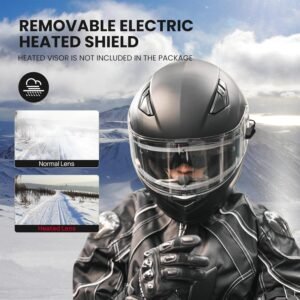
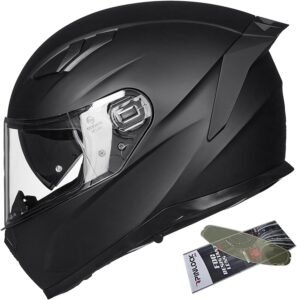
Full-face helmets provide the highest level of protection, covering your entire head, including your face and chin. These helmets offer a sturdy outer shell, impact-absorbing liner, and a visor to shield your eyes from wind, debris, and insects. Full-face helmets provide the best protection against head injuries in the event of a crash, making them the preferred choice for many riders. If you use this helmet, not only your head, but your eyes and face are also safe.
Modular Helmets:
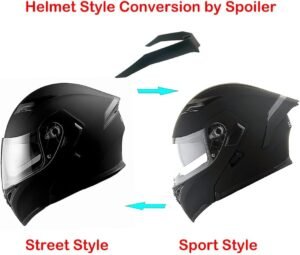
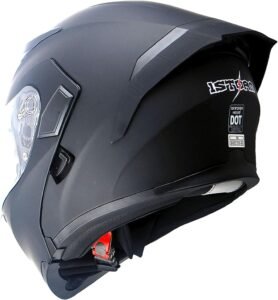
Modular helmets offer versatility by combining the features of full-face and open-face helmets. They feature a hinged chin bar that can be flipped up, allowing riders to easily switch between full-face and open-face configurations. While modular helmets provide excellent protection when the chin bar is closed, they may not offer the same level of security as full-face helmets in the open-face position.
Head protection Open-Face Helmets:
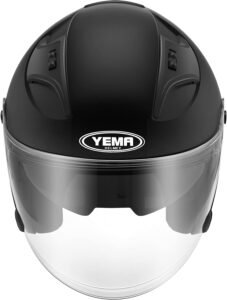
Open-face helmets, also known as three-quarter helmets, cover the top, back, and sides of the head but leave the face exposed. These helmets offer less protection than full-face helmets but provide better visibility and ventilation. While open-face helmets are popular among cruiser and scooter riders for their retro style and airflow, they offer less protection in the event of a crash, particularly for the face and chin.
Half Helmets:
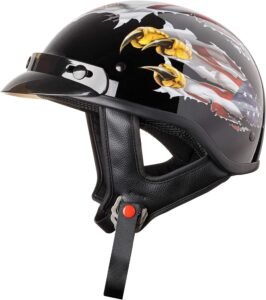
Half helmets, also known as skull caps or brain buckets, cover only the top of the head, leaving the face and ears exposed. While half helmets offer minimal protection compared to full-face or open-face helmets, some riders prefer them for their lightweight and minimalist design. However, it’s essential to recognize that half helmets provide limited protection in the event of a crash, particularly against facial and brain injuries.
Off-Road Helmets:
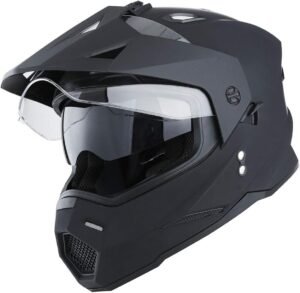
Off-road helmets are specifically designed for use in dirt biking, motocross, and other off-road riding disciplines. These helmets feature a distinctive angular design with a pronounced chin bar and a large visor to protect against debris and roost. Off-road helmets prioritize ventilation and lightweight construction to accommodate the physical demands of off-road riding while still providing adequate head protection.


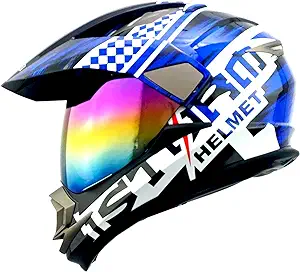
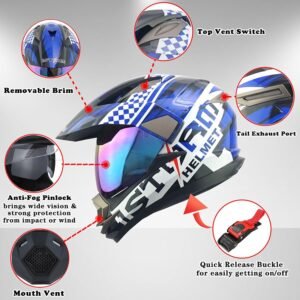
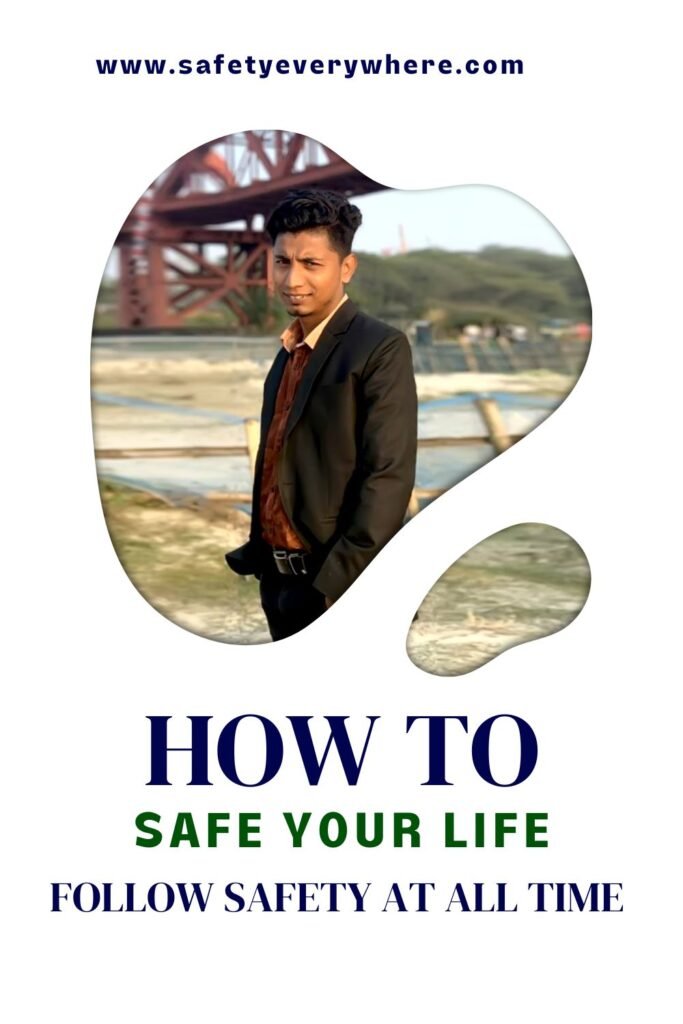





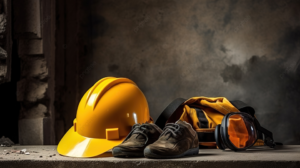



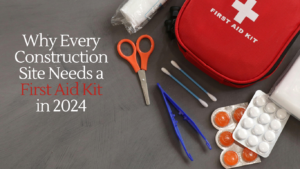





2 thoughts on “Head protection for Best Motor bike driving at 2024”
Thanks for shening. I read many of your blog posts, cool, your blog is very good.
Thanks for sharing. I read many of your blog posts, cool, your blog is very good.